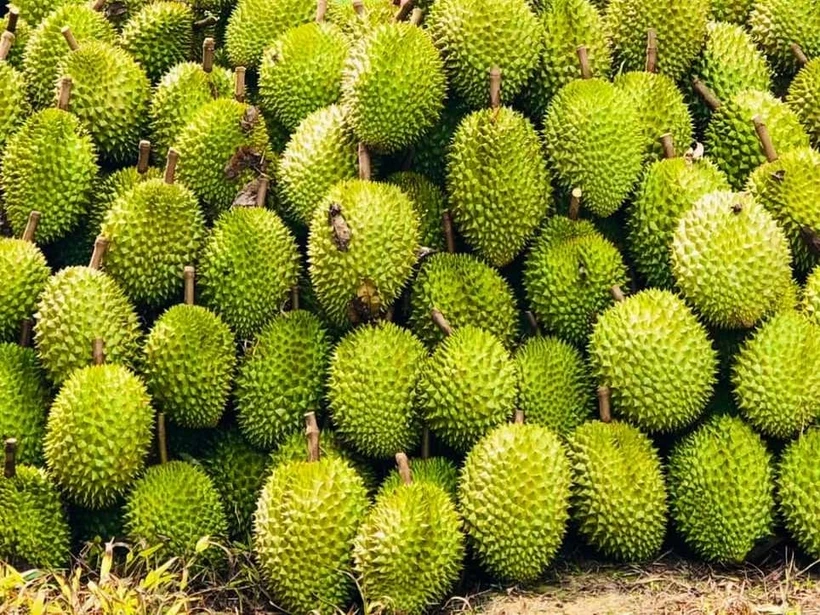
According to the Department of Crop Production and Plant Protection ( Ministry of Agriculture and Environment ), the General Administration of Customs of China (GACC) has just officially updated 829 growing area codes and 131 durian packing facility codes of Vietnam.
Previously, the Department of Cultivation and Plant Protection had compiled and sent documents of 1,604 durian growing areas and 314 durian packing facilities to the General Administration of Customs of China; of which 829 growing areas and 131 packing facilities had been approved.
The expansion of the list of growing area codes and packing facility codes creates favorable conditions for increasing exports to the Chinese market. Localities and businesses need to proactively take advantage of this opportunity while ensuring strict compliance with regulations on plant quarantine and food safety in order to export sustainably.
Compared to other traditional Vietnamese products (mango, dragon fruit, longan, lychee, watermelon...) exported to China, the inspection of durian is different. The General Administration of Customs of China conducts physical inspections (directly or online) of all growing areas and packaging facilities in Vietnam before approving codes and granting export licenses.
According to the Department of Crop Production and Plant Protection, fresh durian and frozen durian can be exported to more than 20 countries, but since the signing of the Durian Protocol with China, more than 90% of Vietnam's durian output has been consumed in the market of this country. However, China's technical requirements are very high, increasingly raising technical barriers, especially food safety requirements.
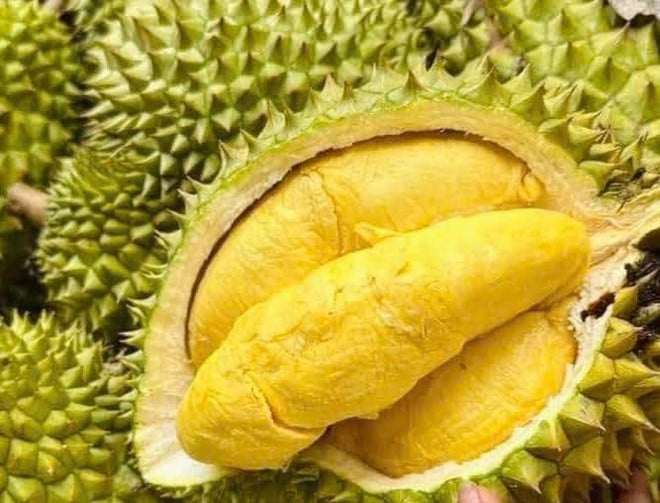
Many businesses, growing areas, and packaging facilities only care about and attach importance to registering for codes for growing areas and durian packaging facilities, without paying attention to maintaining growing areas and packaging facilities that meet the technical requirements specified in the Protocol.
In addition, the situation of counterfeiting and trading of growing area codes and packaging facilities still occurs, leading to the inability to trace the origin of the product when needed. In particular, the quality of durian cannot be controlled.
The Department of Crop Production and Plant Protection also warned that harvesting when the fruit has not reached physiological maturity, the fruit is young, old and chasing profits has led to many shipments of durian being reported to be unripe after being exported to China. This has affected the quality, image and brand of Vietnamese durian.
Among the fruit and vegetable export items in 2024, durian leads with a contribution of 3.3 billion USD, accounting for 46% of the total fruit export turnover of the entire industry. China is the main durian consumer market, with 3.2 billion USD, accounting for 97% of Vietnam's total durian export volume. Durian also accounts for 74% of the total export value of Vietnamese fruit and vegetables to the Chinese market.
The remarkable growth of durian comes from China allowing official imports of this product from mid-2023. In addition, frozen durian from Vietnam will also be officially exported to the Chinese market in 2024, which will further boost the export turnover of this fruit.
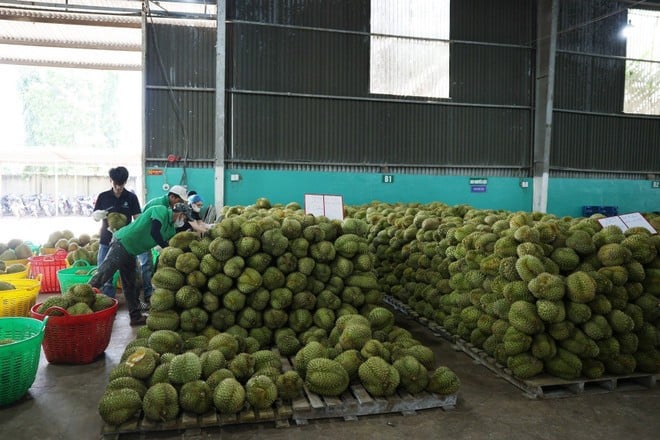
Every year, the Chinese market imports about 7 billion USD of fresh durian, a figure expected to exceed 10 billion USD in the near future. In addition, the country of 1.4 billion people also spends up to 1 billion USD on importing frozen durian. Therefore, Vietnam's durian export target in 2025 is 3.5 billion USD.
Faced with great consumption potential, the durian growing area nationwide has increased rapidly, reaching nearly 180,000 hectares with an output of about 1.5 million tons by 2024. According to the Department of Crop Production and Plant Protection, this spontaneous development is fraught with many risks such as fragmentation of growing areas, difficulty in quality control, lack of irrigation water and overuse of pesticides.
In the period from now to 2030, the industry's biggest goal is no longer to expand the area but to improve reliability. The Department of Crop Production and Plant Protection will promote the application of the risk monitoring model, strictly handle growing areas and violating facilities, including revoking codes, stopping licensing, conducting surprise inspections and coordinating with importing countries to implement post-inspection at the source./.
Source: https://baolangson.vn/trung-quoc-chap-thuan-them-829-ma-vung-trong-131-ma-dong-goi-sau-rieng-viet-nam-5047808.html



![[Photo] Prime Minister Pham Minh Chinh attends the groundbreaking ceremony of Trump International Hung Yen Project](https://vphoto.vietnam.vn/thumb/1200x675/vietnam/resource/IMAGE/2025/5/21/ca84b87a74da4cddb2992a86966284cf)
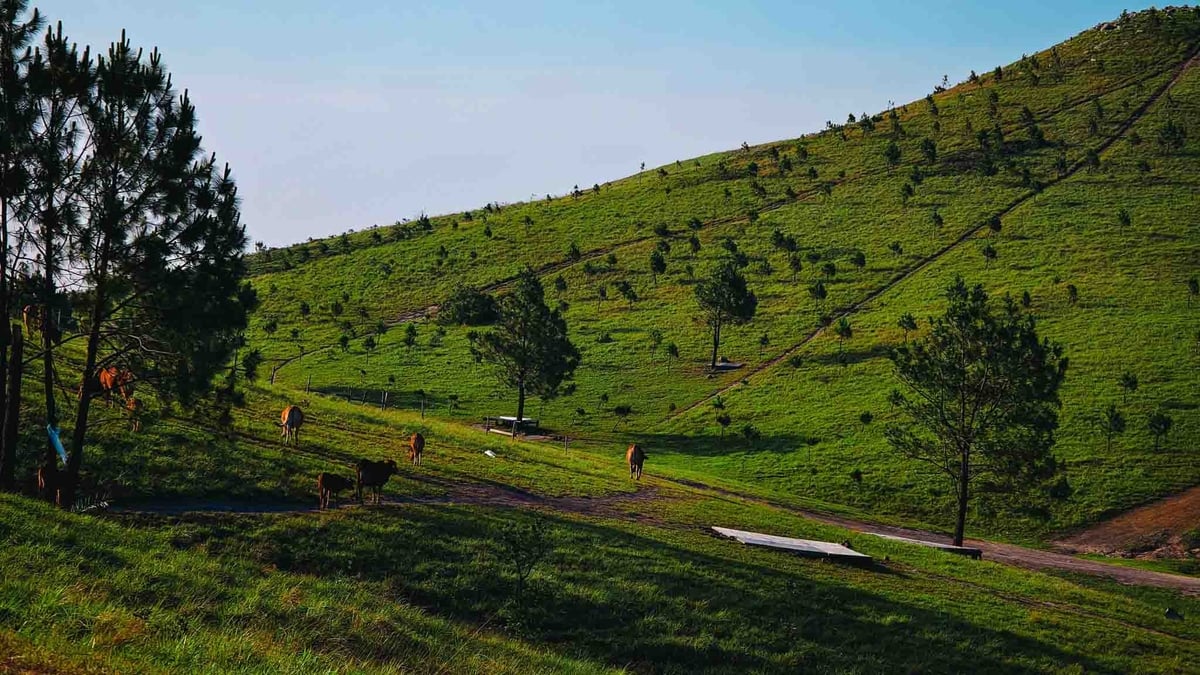

![[Photo] Prime Minister Pham Minh Chinh chairs the Government's special meeting on law-making in May](https://vphoto.vietnam.vn/thumb/1200x675/vietnam/resource/IMAGE/2025/5/22/1c880aae96fd4e0894abc47a46fe19ba)

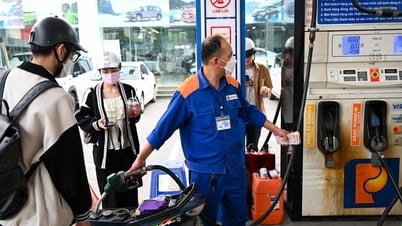




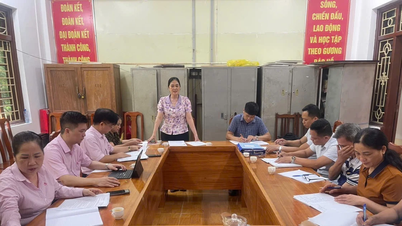










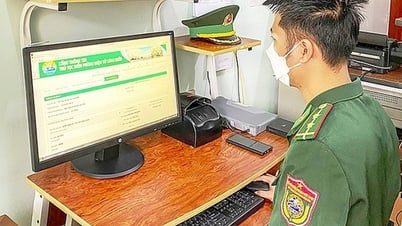











































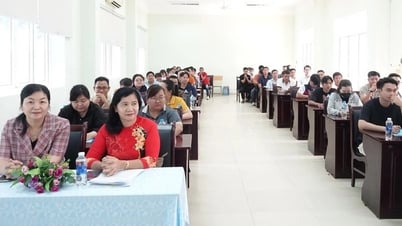
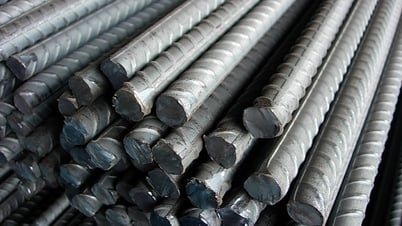






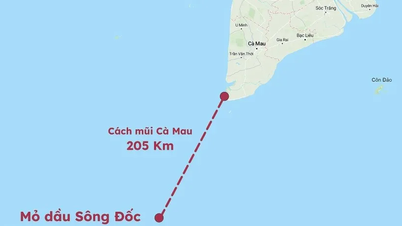





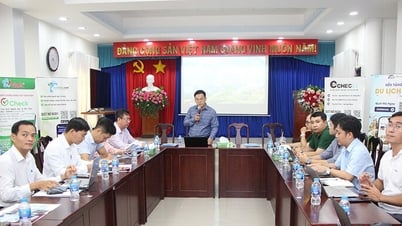

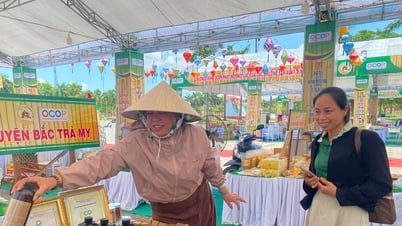



Comment (0)